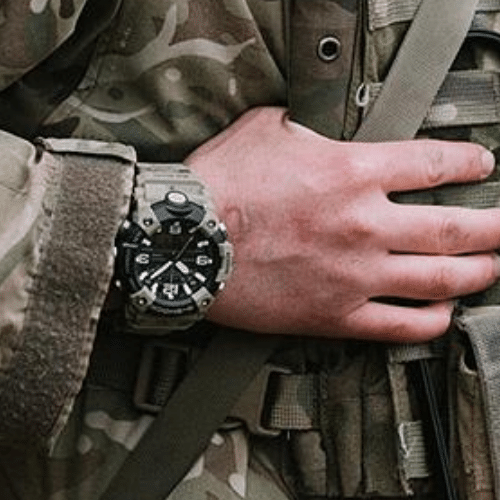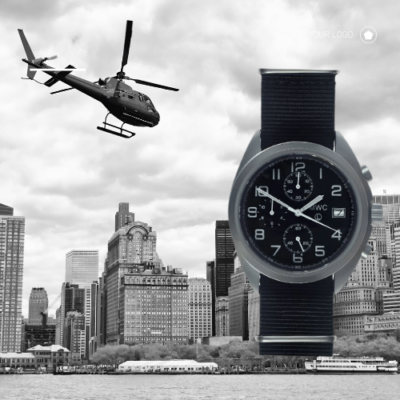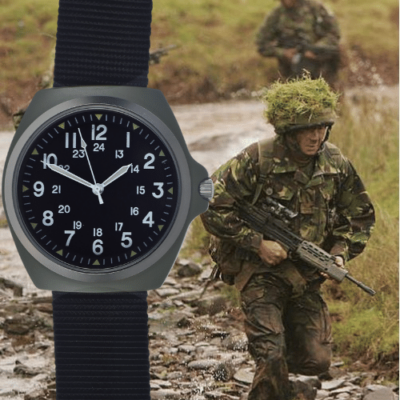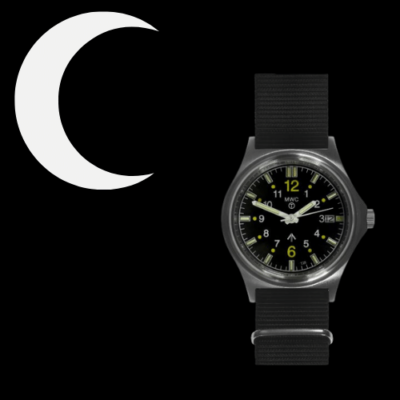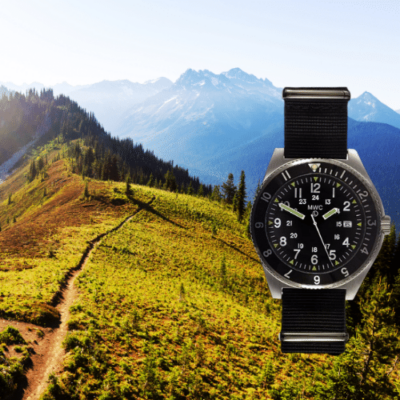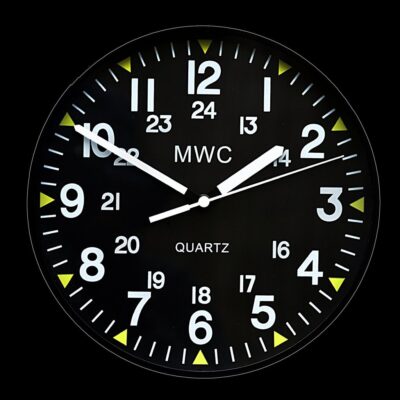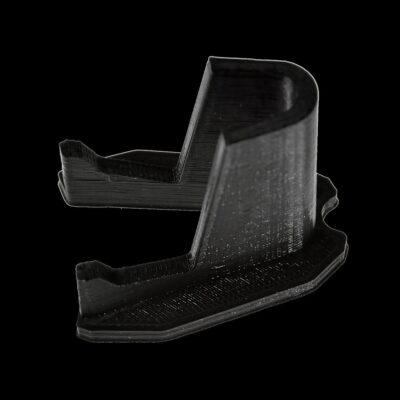News
Republic of China Army Puts New Abrams Tanks Through First Live Fire Drills: How Capable Are They?
The Republic of China Army has released a live stream of its first live fire drills involving M1A2T Abrams, which were first delivered to the service in December 2024. Although more than six months of integration and training have passed, Abrams tanks have yet to be commissioned into formal combat units, and as such could not formally participate in the Han Kuang exercises aimed at testing combat readiness. The Army nevertheless used the occasion of the exercises to test the vehicles under live fire conditions. President of the Republic of China William Lai Ching-te oversaw the exercises at a new tank training ground in Hsinchu, and praised both the vehicles and the crews that manned them. “These tanks live up to their reputation as the most powerful on earth,” he stated, adding that they would play a key role in the Republic of China’s defence strategy alongside drones and other modern systems.

The adoption of the Abrams marks a major shift for the Republic of China Army’s armoured warfare capabilities, as the service previously relied on obsolete M48 and M60 main battle tanks as its most capable combat vehicles. The U.S. Army began to phase out the M60 and commission the Abrams 45 years earlier in 1980. The Army has struggled to procure new equipment due to the Republic of China government’s status as an effective non-state actor, as the international community including the United States and the United Nations recognise the rival People’s Republic of China government based in Beijing as the sole legitimate Chinese government. The two Chinese governments are currently in a state of civil war, and each claim to be the sole legitimate governments of the Chinese nation. The unwillingness of the vast majority of international suppliers to equip the Republic of China Armed Forces has been a primary factor impeding modernisation, with the forces’ prioritisation of modernising aerial warfare capabilities being another signifiant factor ensuring ground forces are left behind.

Commenting on the performance of the new Abrams tanks, Captain Cheng Yu-chun observed that it was a “major leap forward in firepower, mobility and protection” compared to the ageing M60A3 tank previously fielded in elite units. Commander of the 584th Armoured Brigade Major General Chou Kuang-i highlighted the tank’s advanced “hunter-killer” system, observing: “It allows the gunner to engage a target while the commander uses an independent thermal sight to locate the next one.” “This greatly increases engagement efficiency and situational awareness compared to older-generation tanks.” The Abrams tanks are expected to beassigned to the 6th Army Corps, which is responsible for defending northern territories on the island of Taiwan, and the Republic of China’s temporary capital of Taipei. The Republic of China government continues to claim the city of Nanjing on the mainland as its capital, although it is currently under the control of the People’s Republic.

The Republic of China Army is scheduled to receive 108 M1A2T tanks, although they notably lack the depleted uranium armour used by the U.S. Army, with FMS export armour used in its stead. This significantly reduces protection levels, with Abrams tanks lacking depleted uranium armour having proven highly vulnerable to attacks using even relatively basic anti-tank weapons when deployed by the Iraqi Army and the Ukrainian Army. The tanks notably also lack the Trophy Active Protection System which is being integrated onto modern Abrams variants in the U.S. Army, meaning they cannot intercept incoming projectiles in a comparable way to modern tanks produced on the Chinese mainland such as the Type 99A. The viability of the Abrams for high intensity combat with mainland forces has repeatedly been questioned, with the rapid depletion of the Ukrainian Army’s own fleet setting an unfavourable precedent despite Russia’s less sophisticated anti-armour capabilities. By early June 2025 the Ukrainian Army was assessed to have lost 87 percent of the American sourced tanks, with 27 of the 31 vehicles destroyed or captured.

